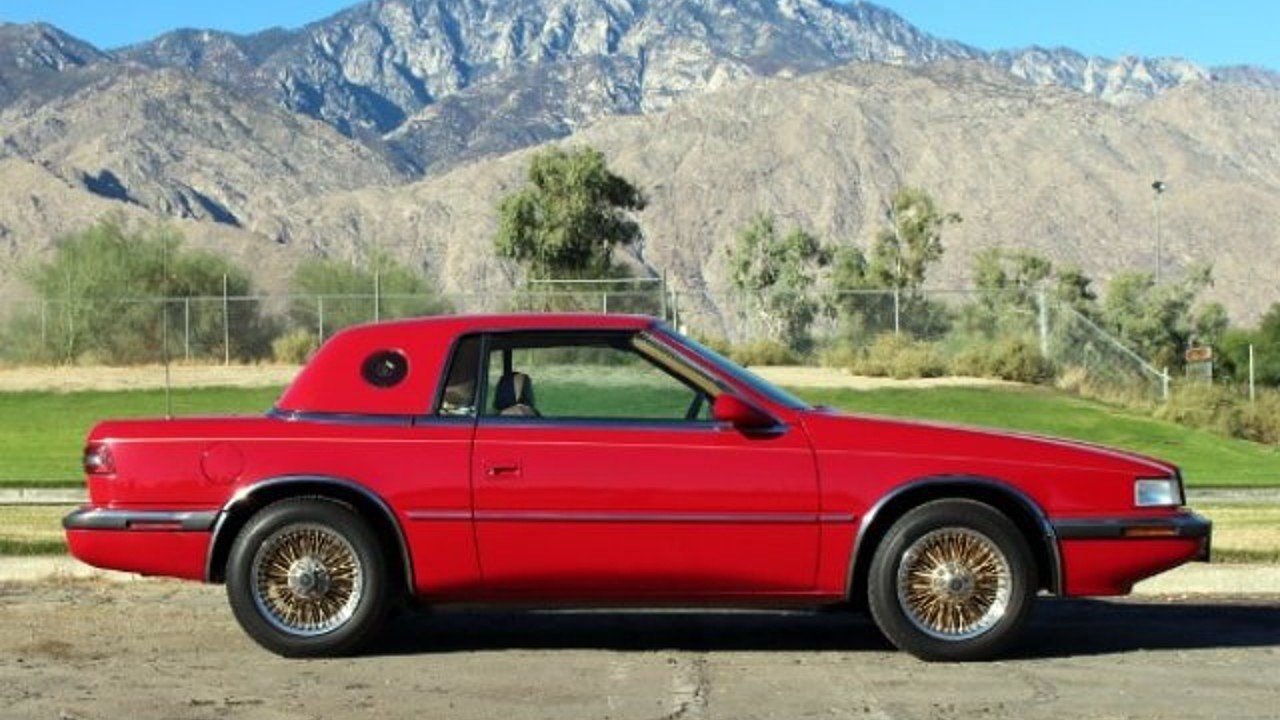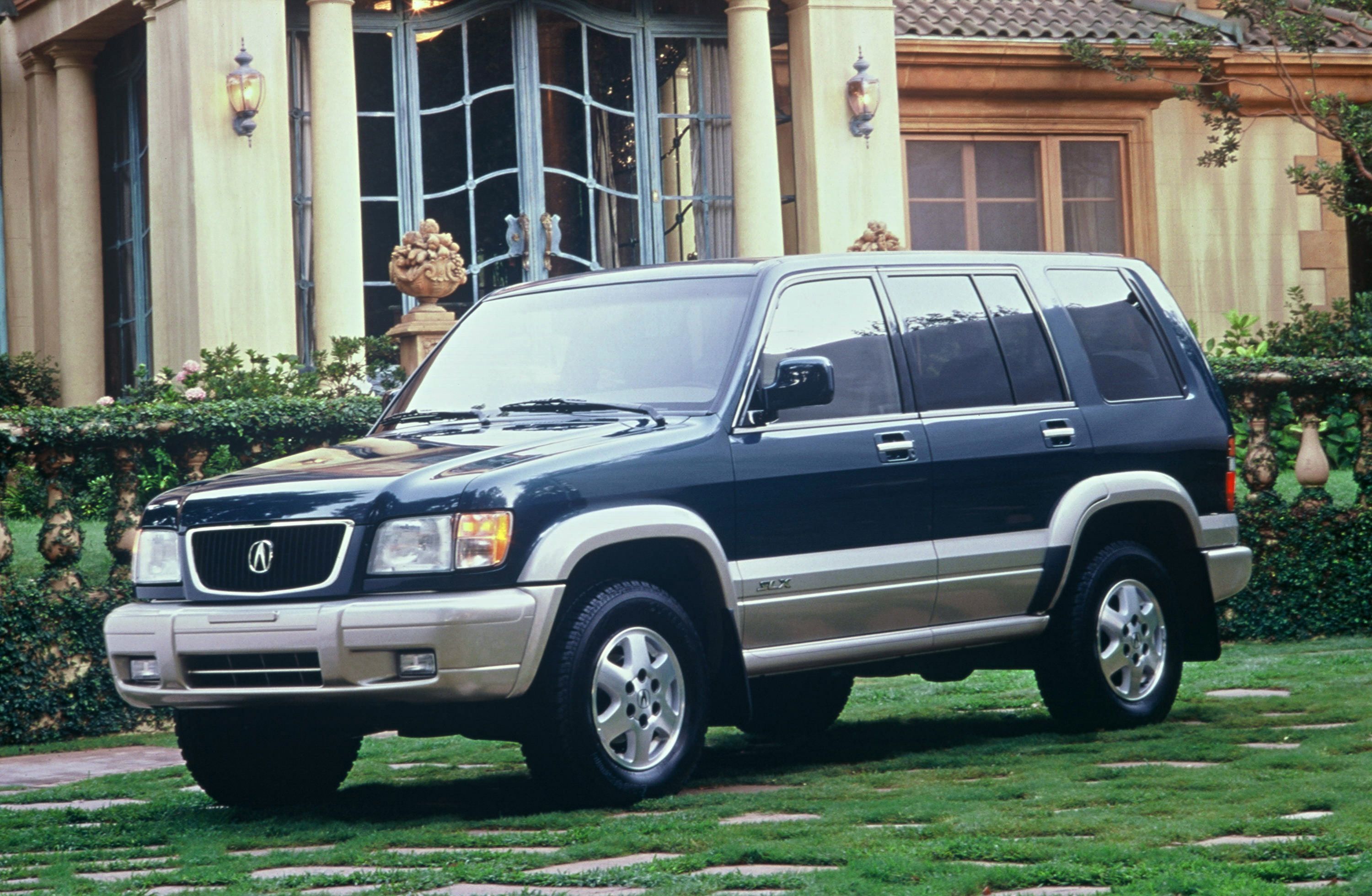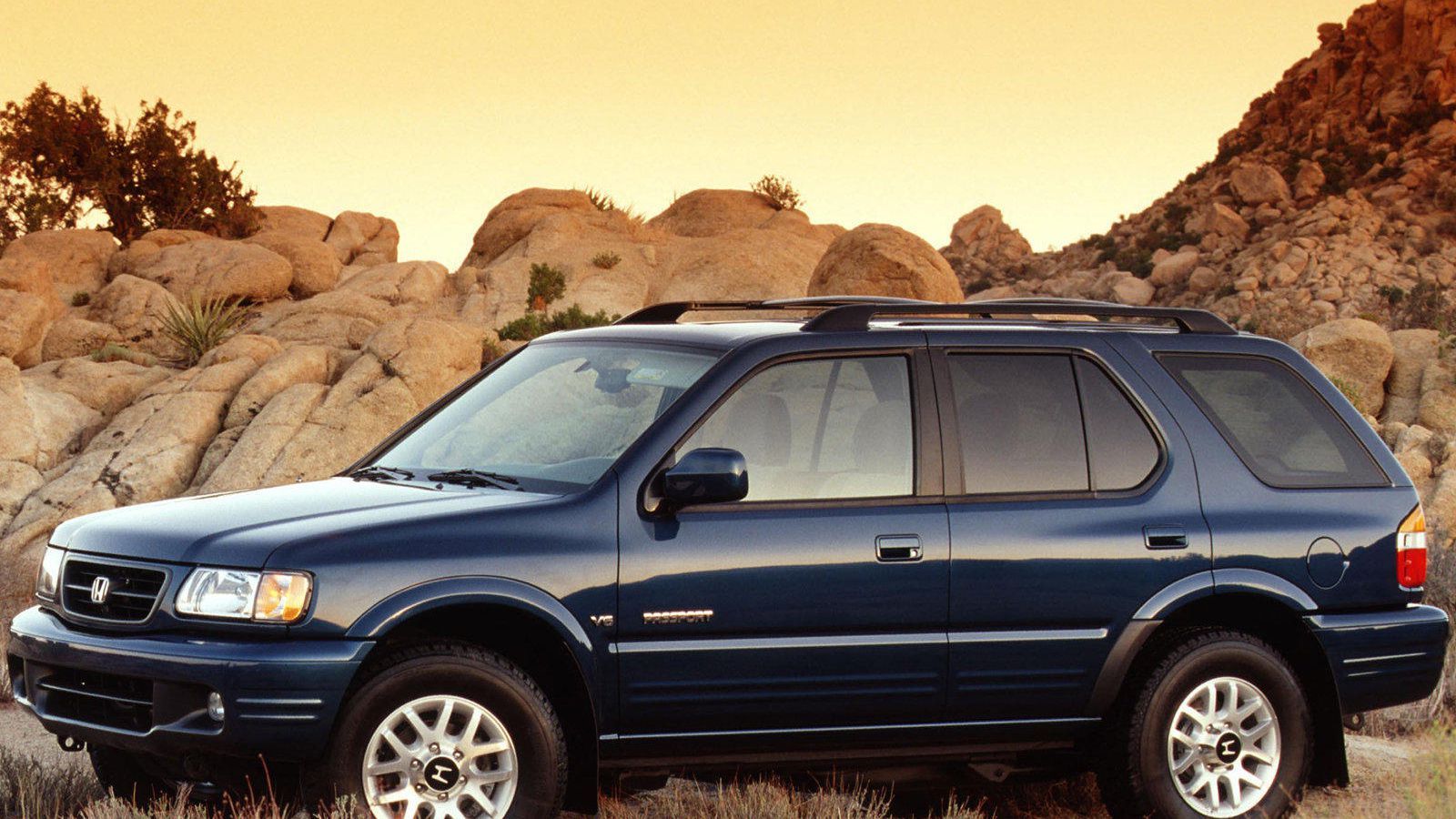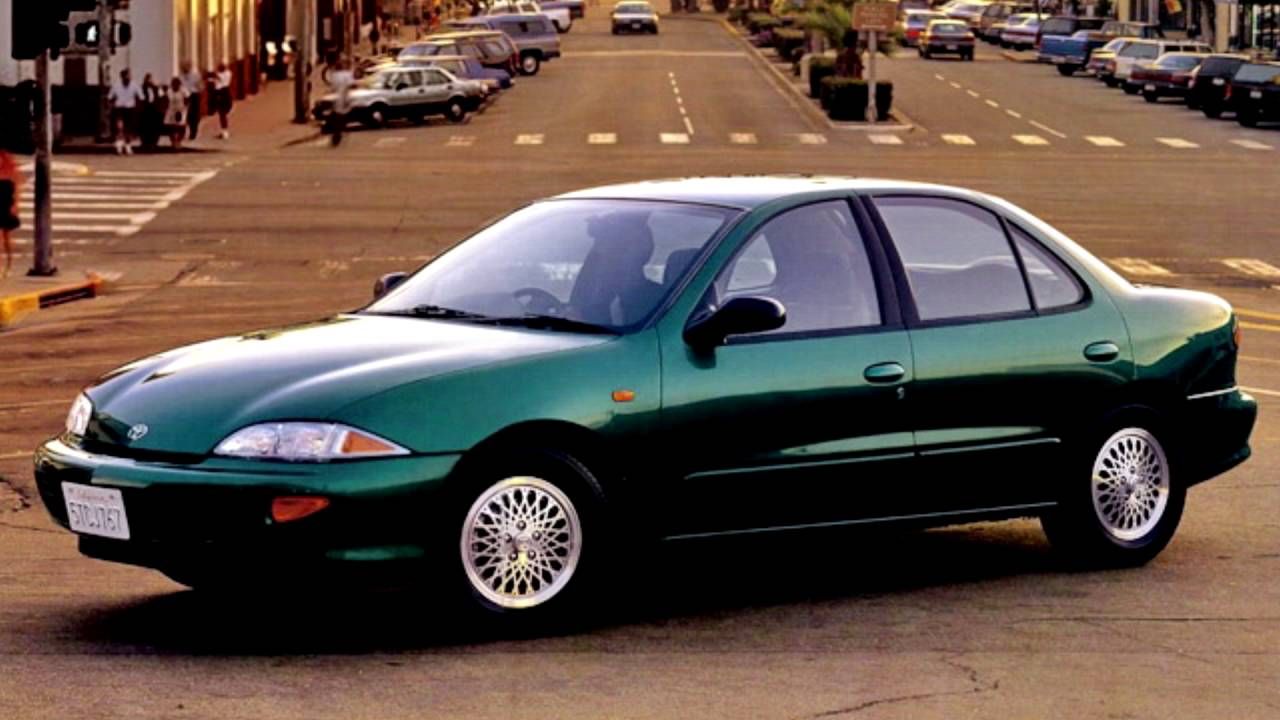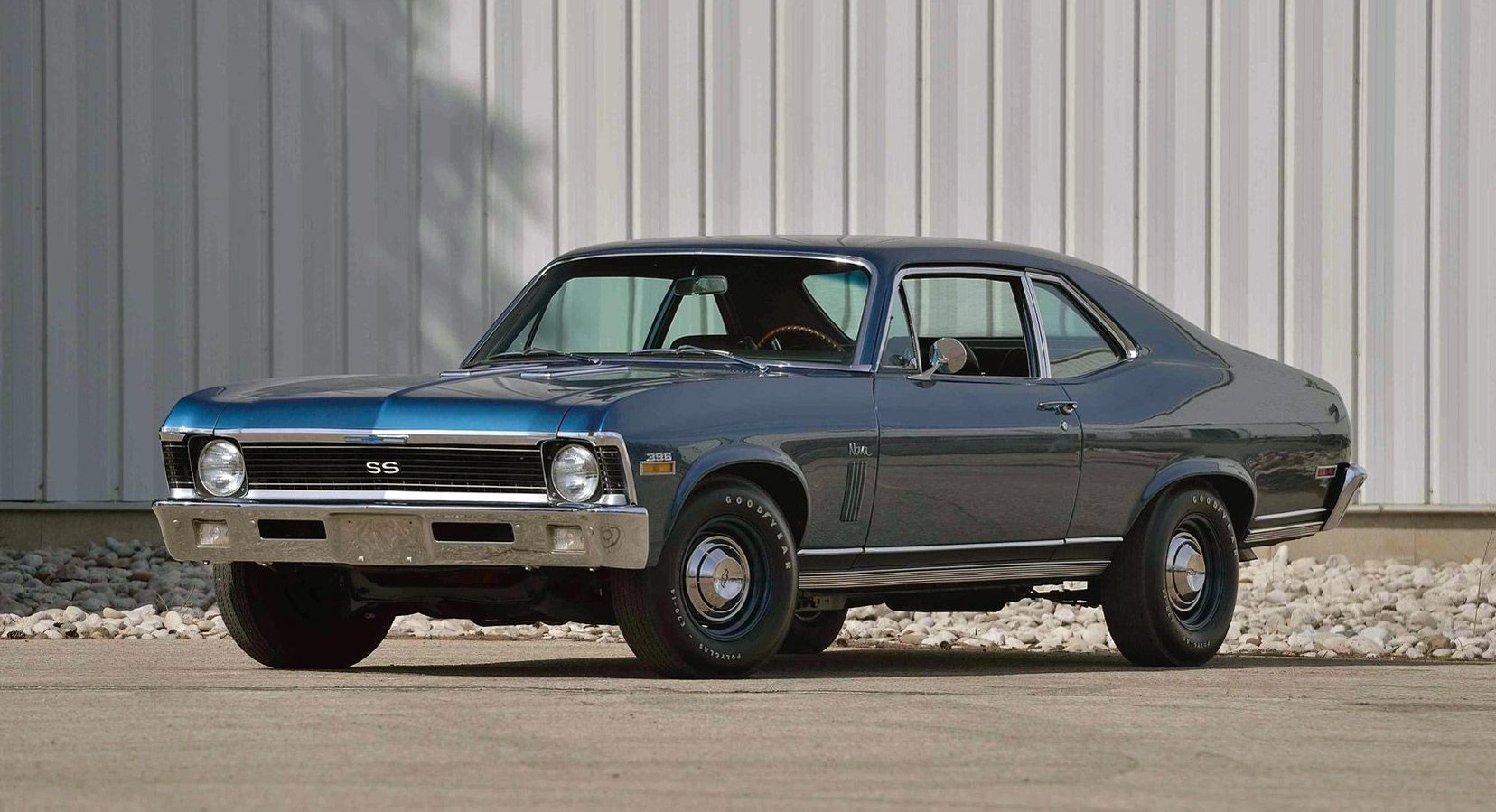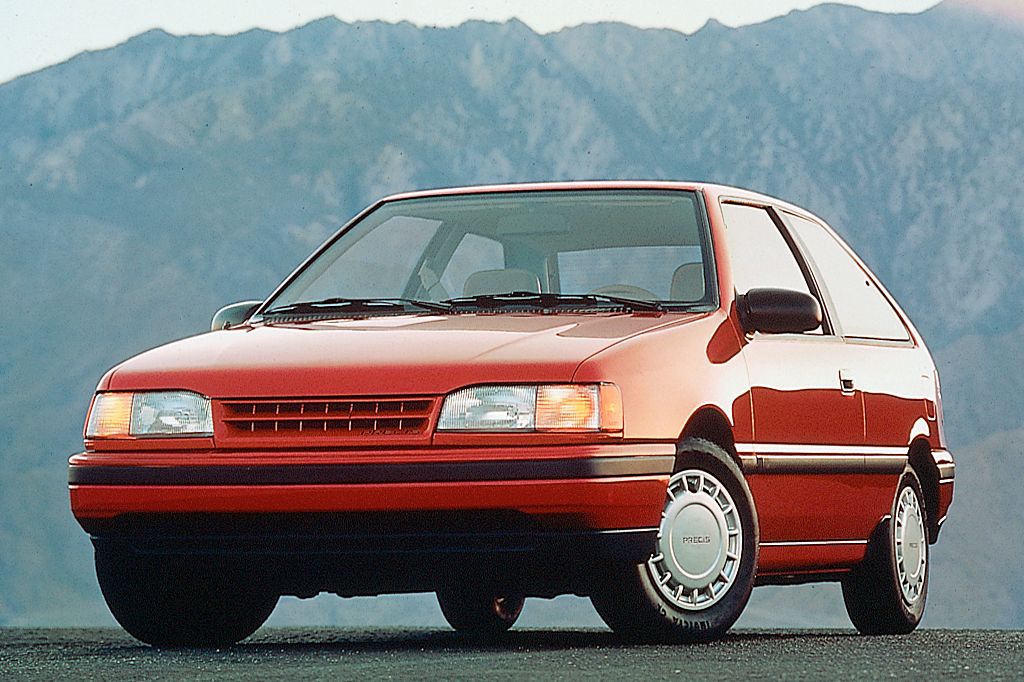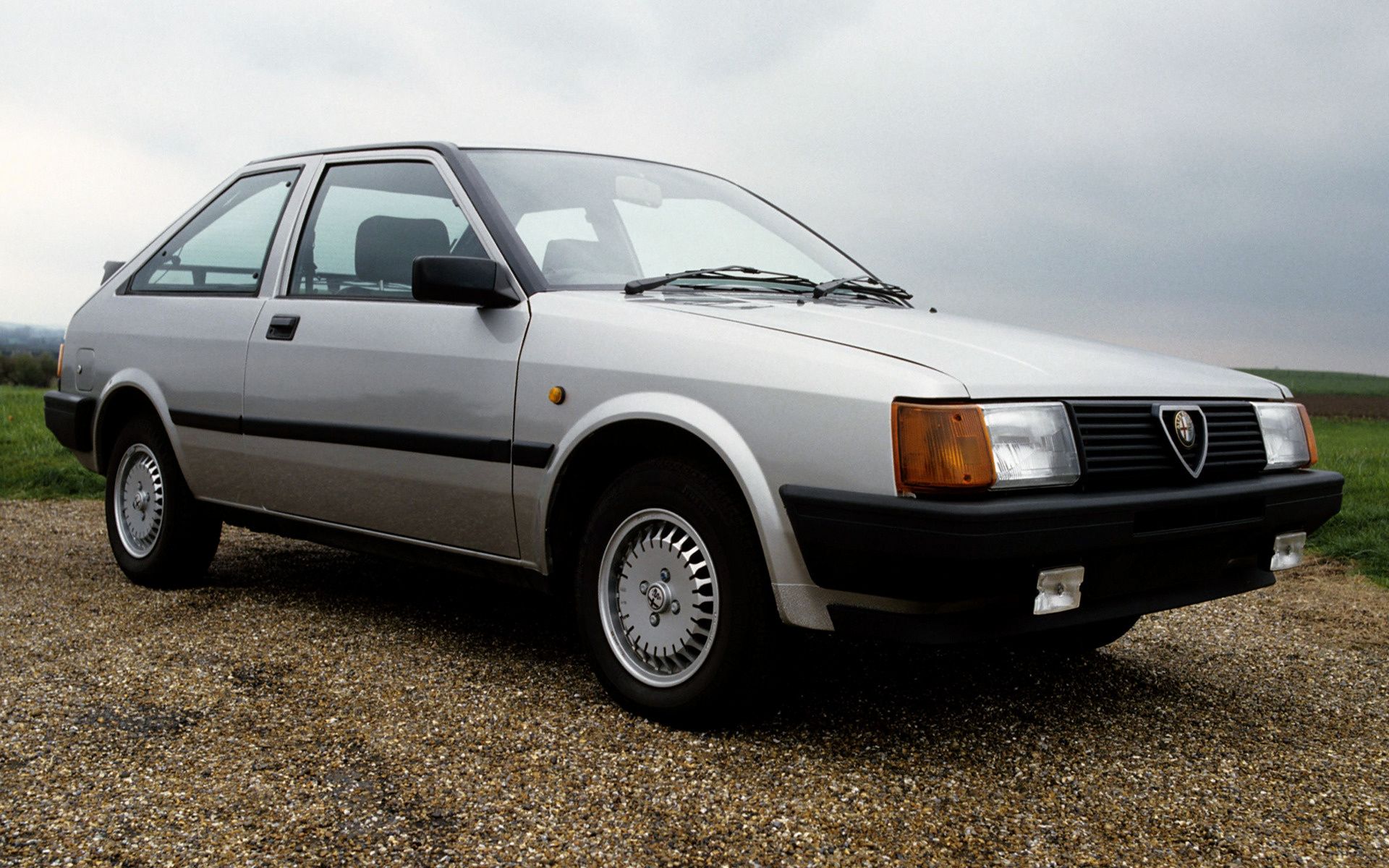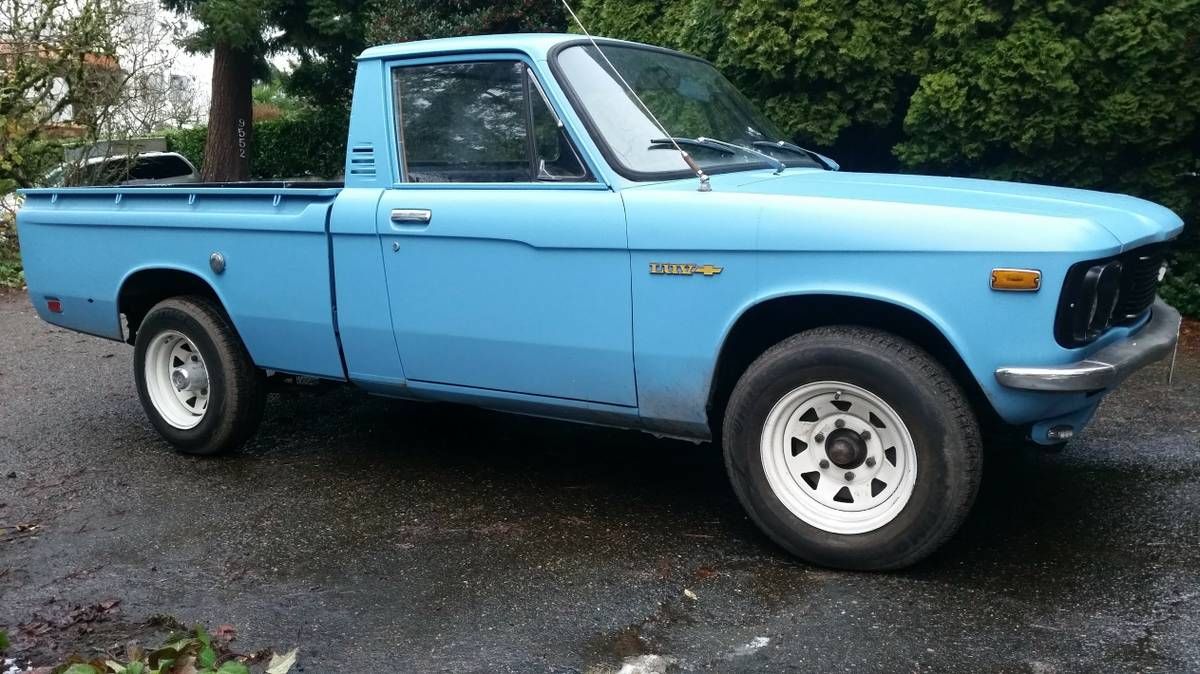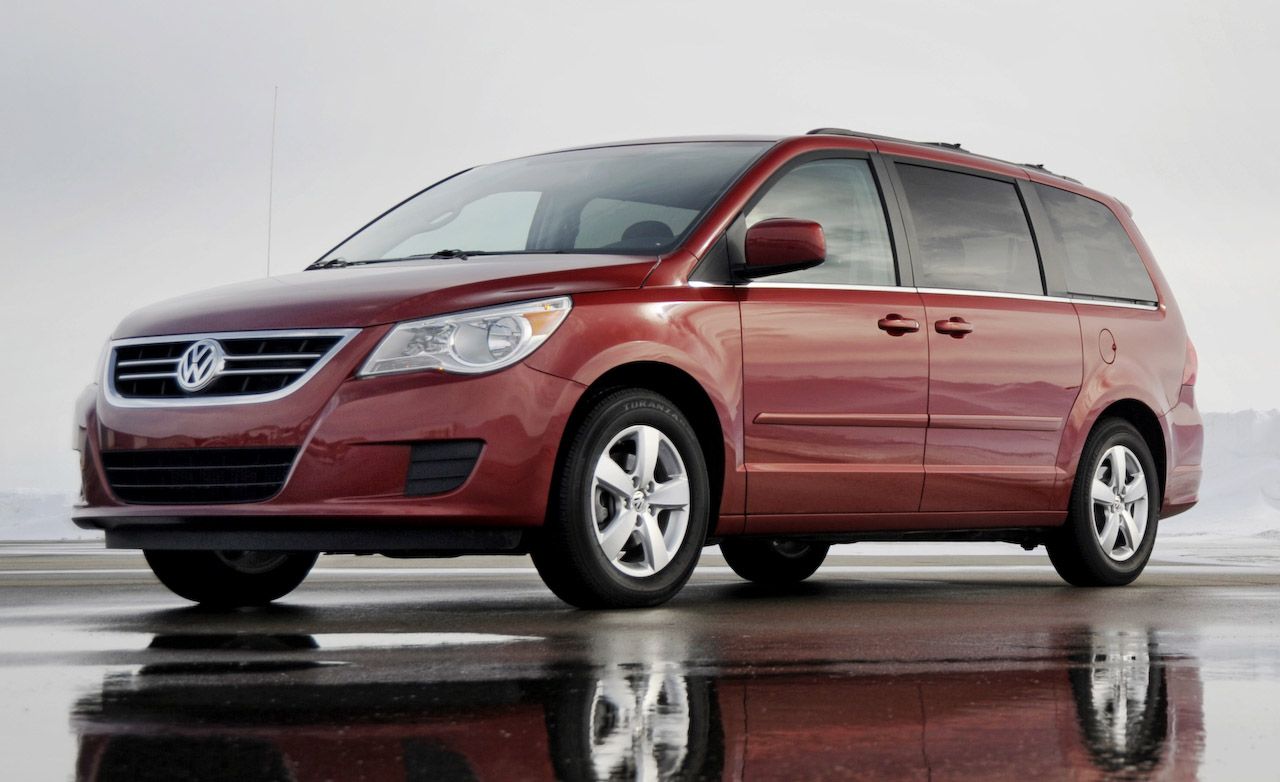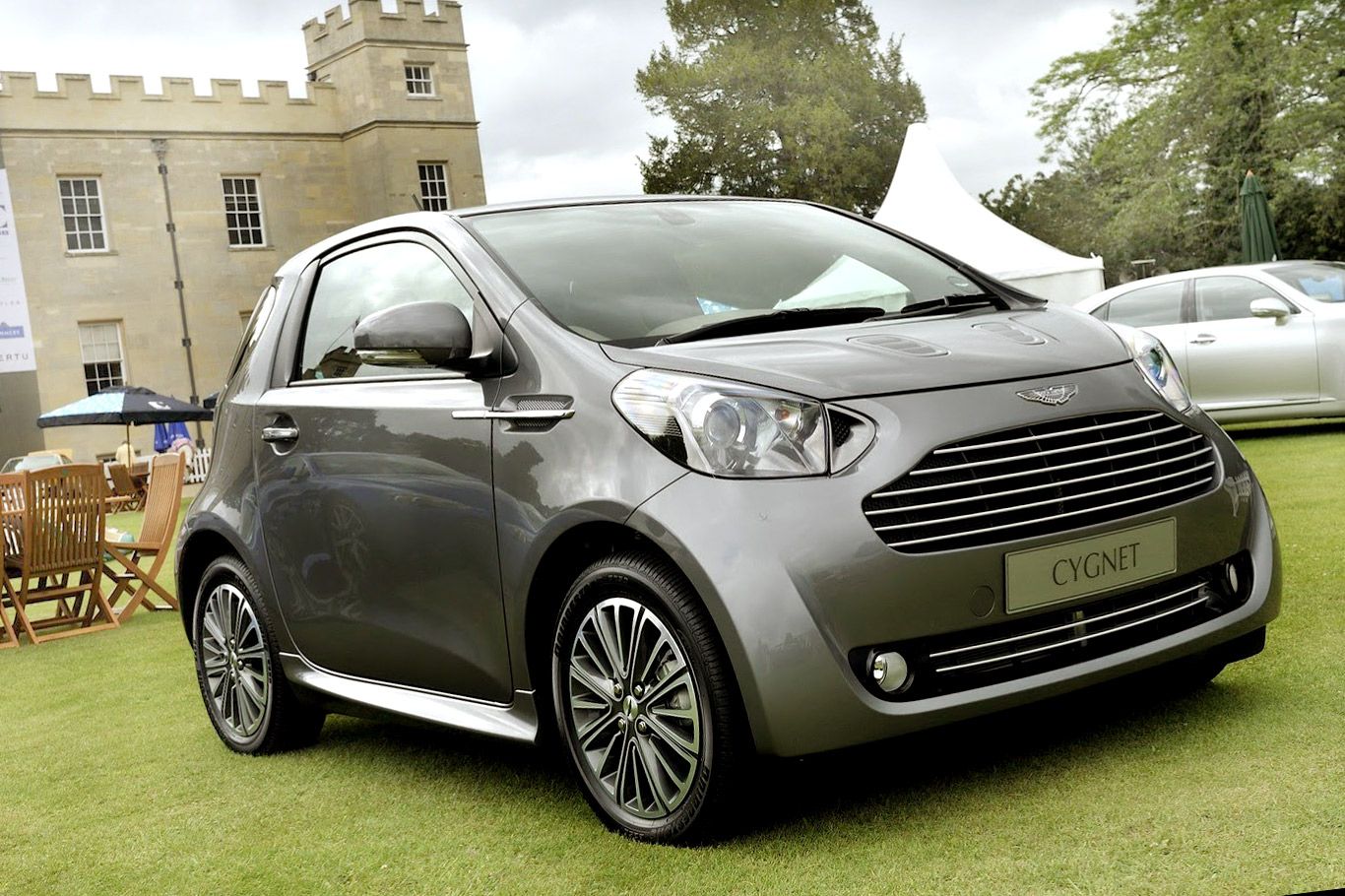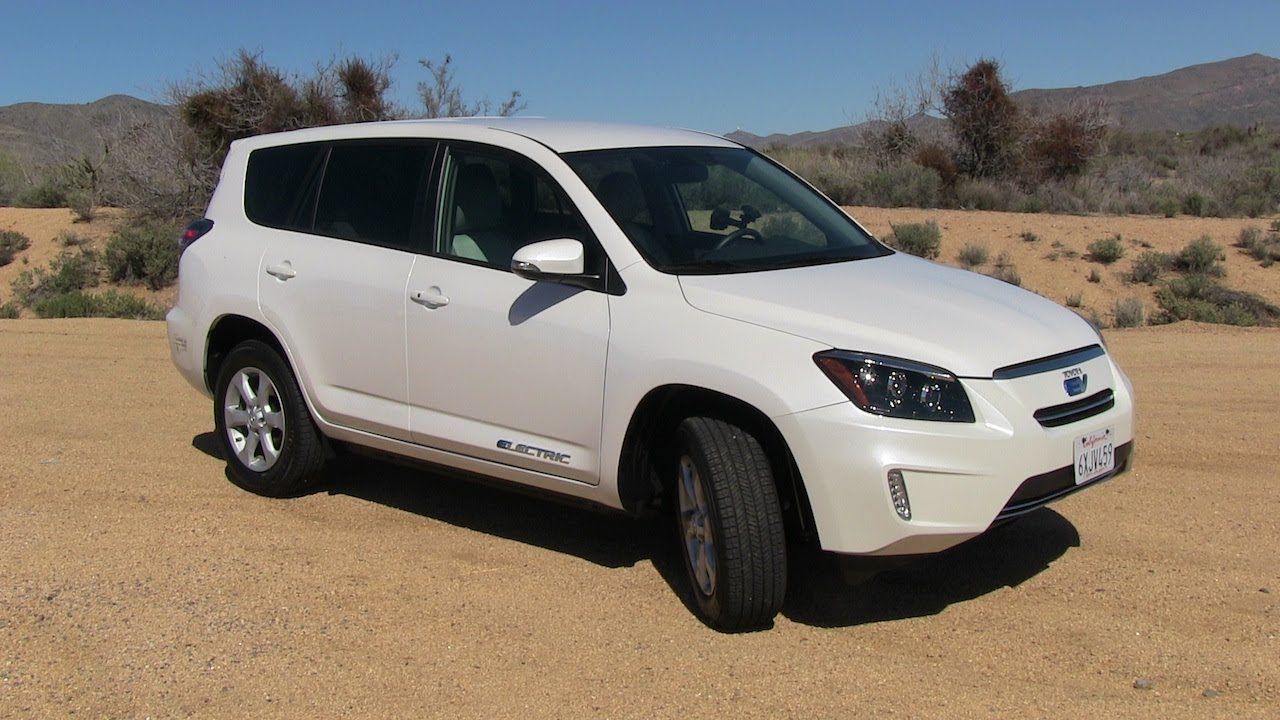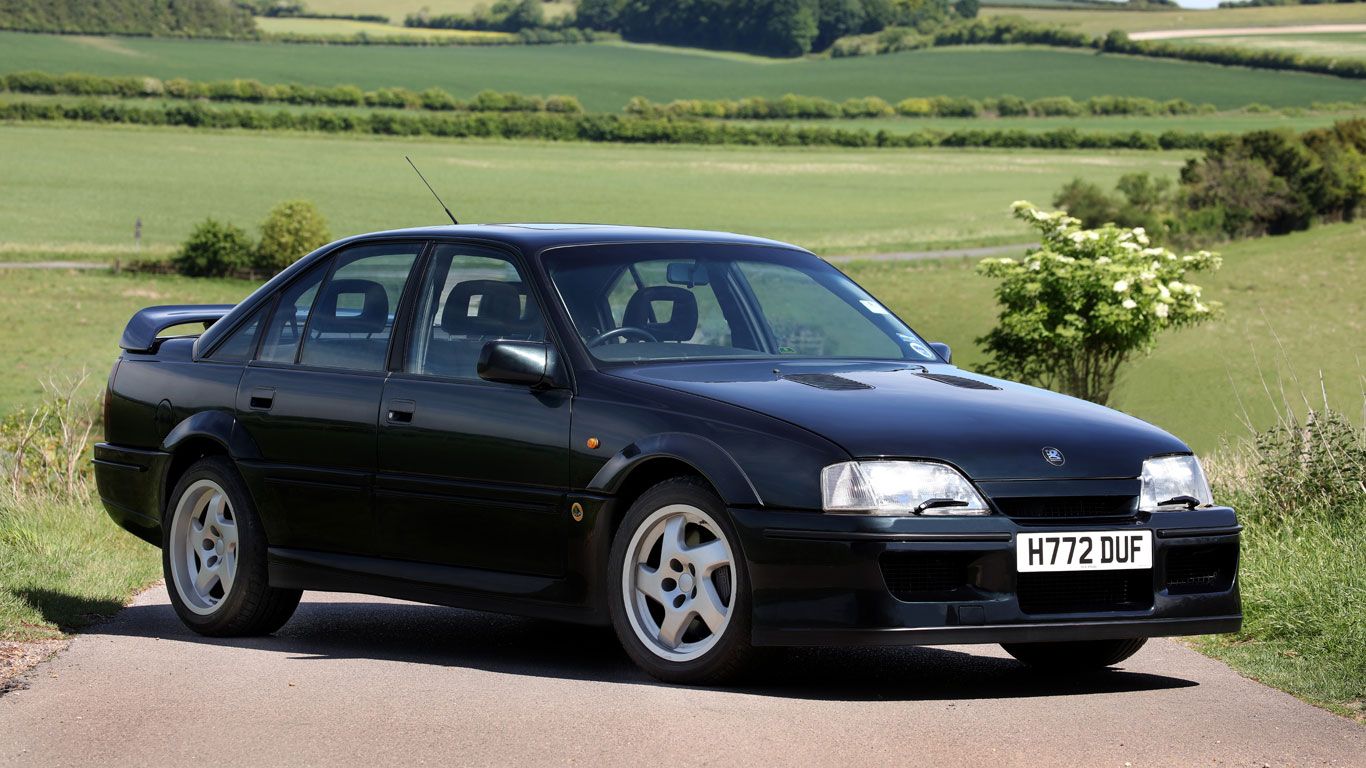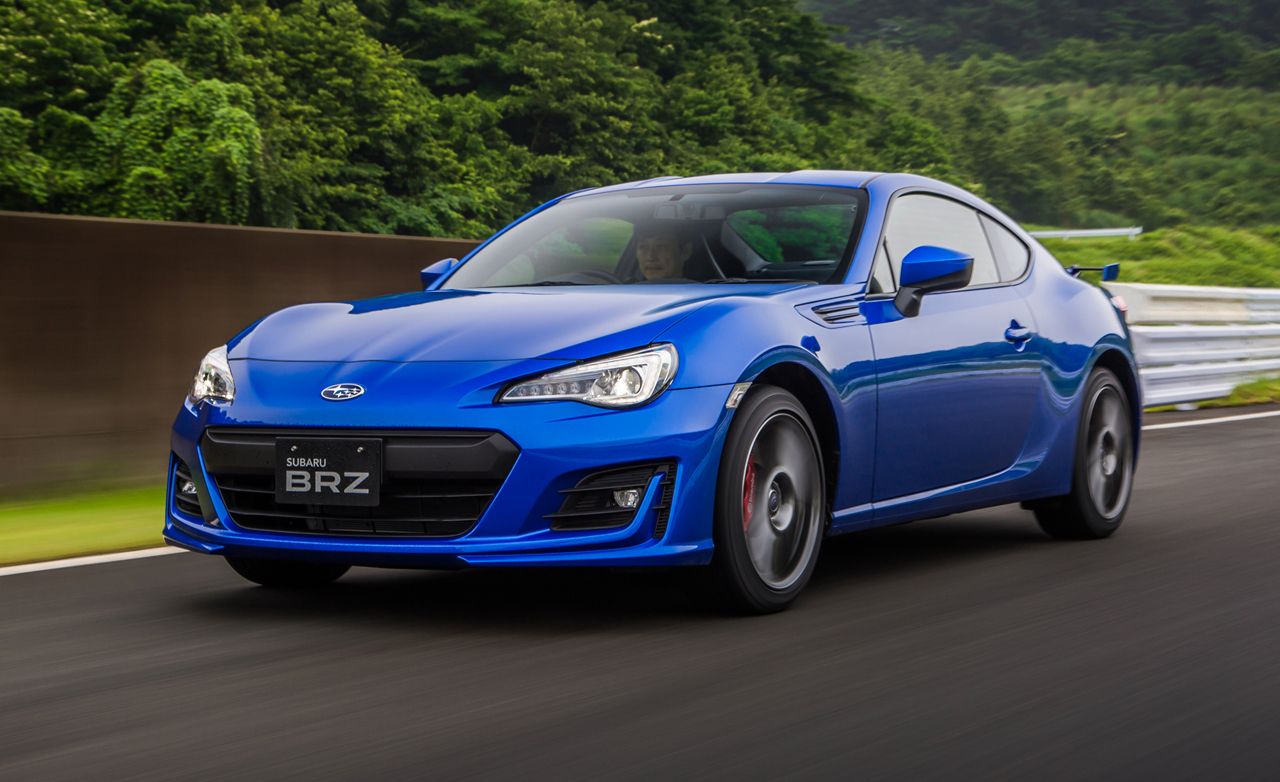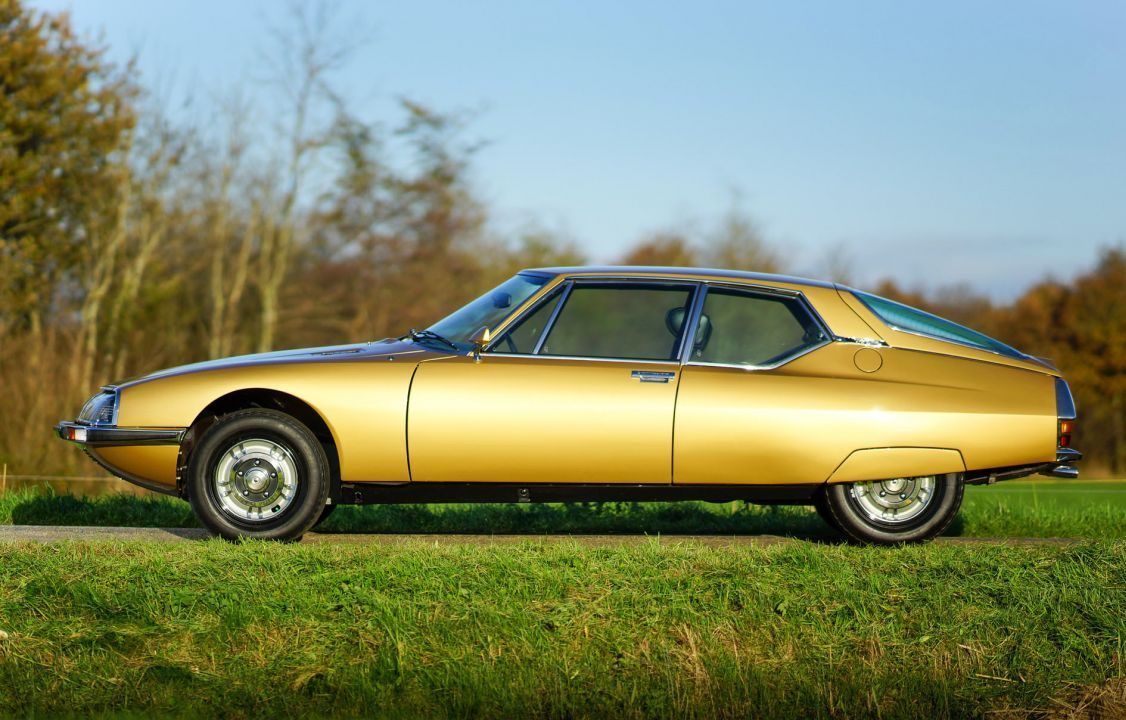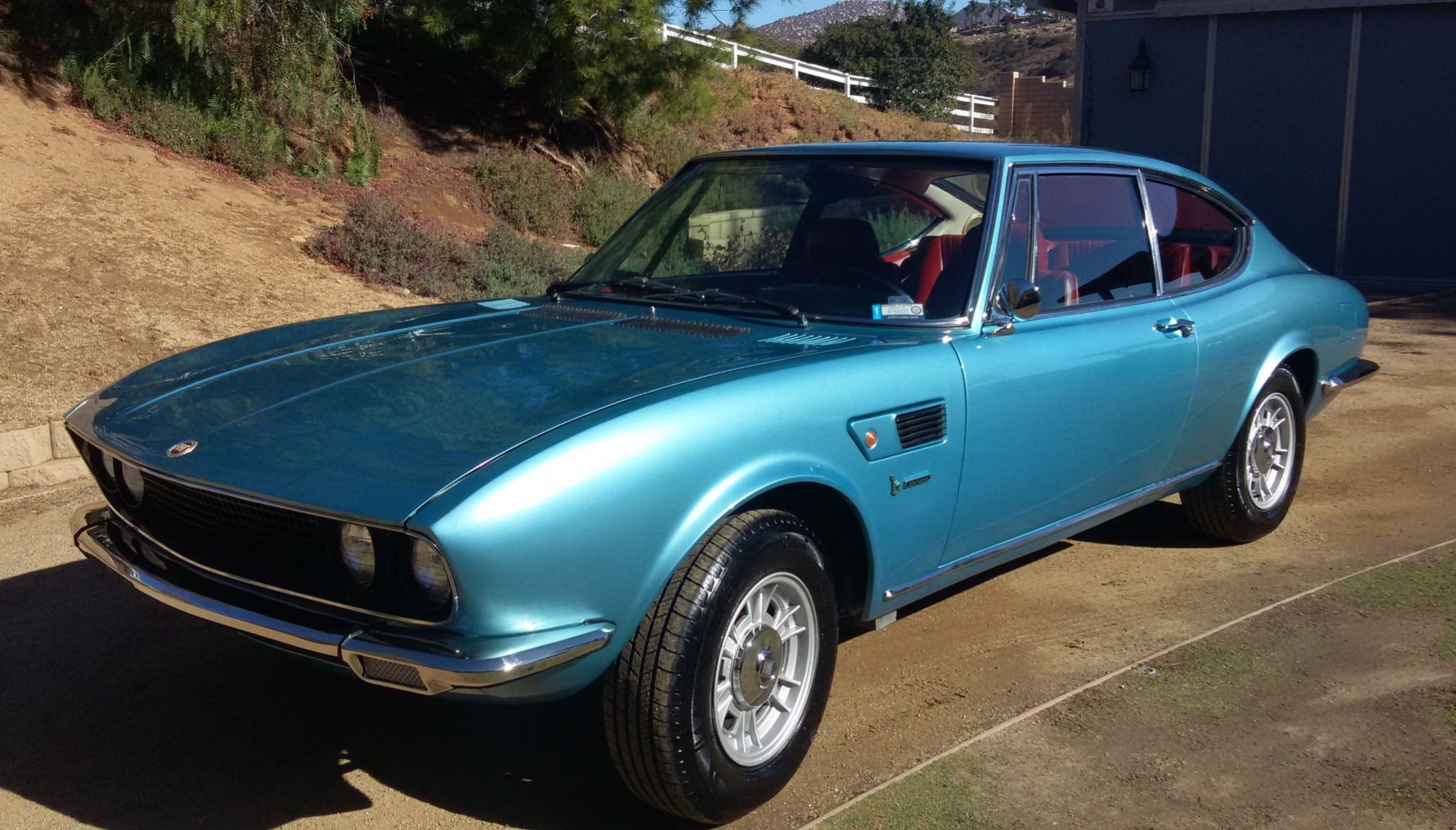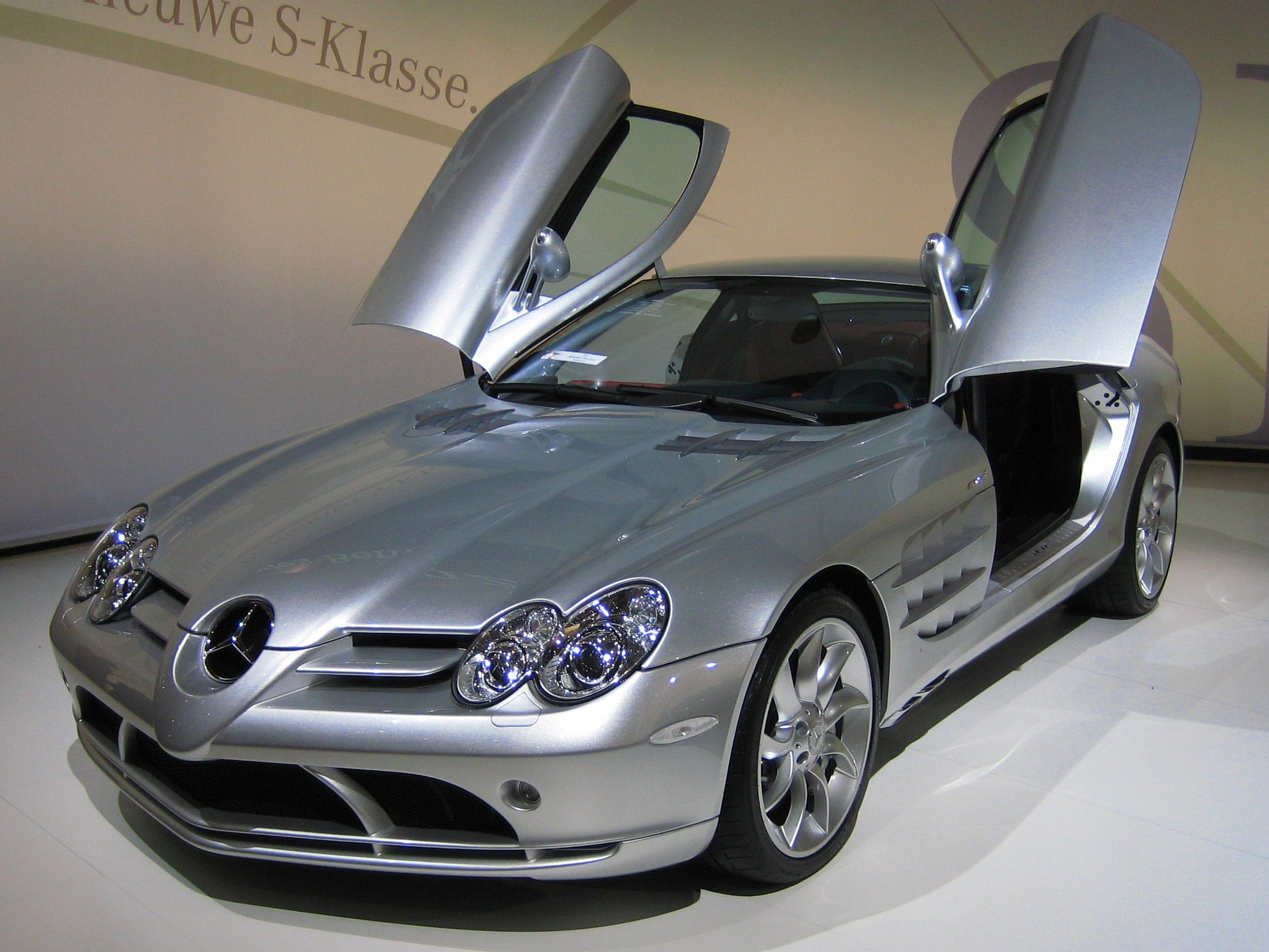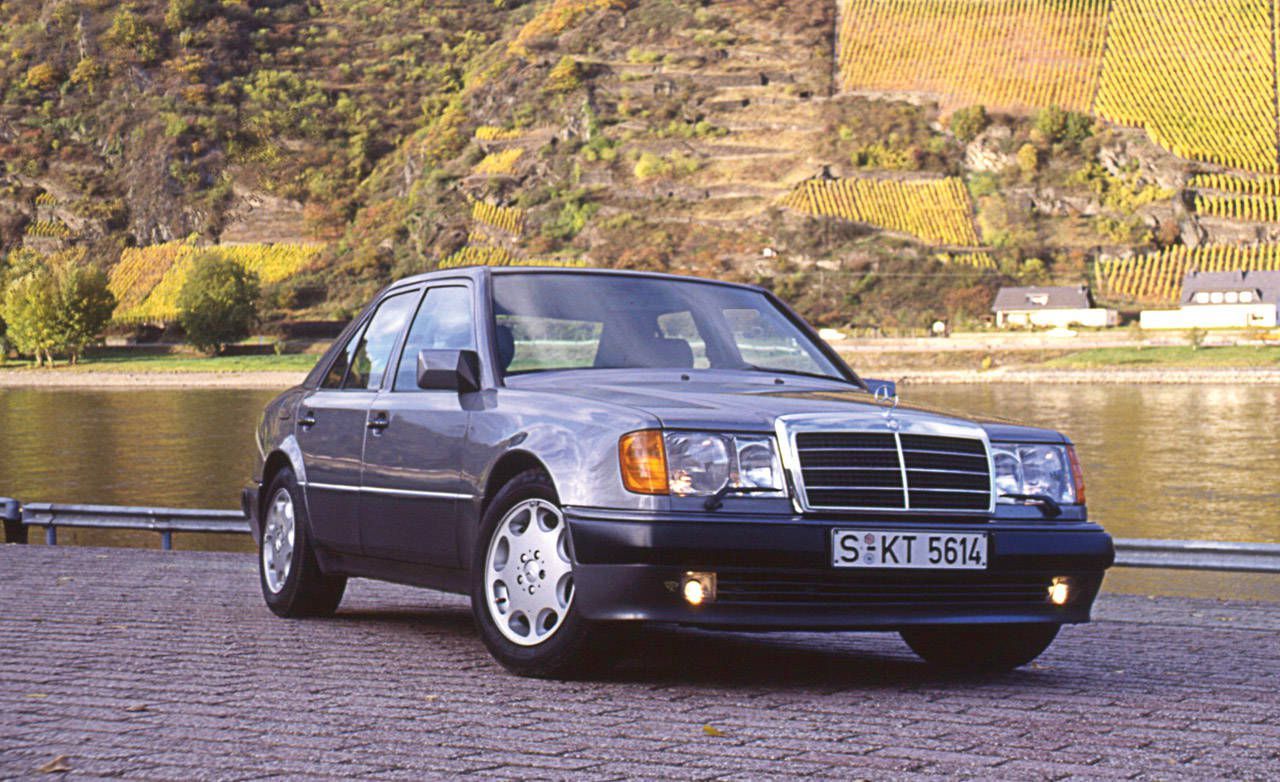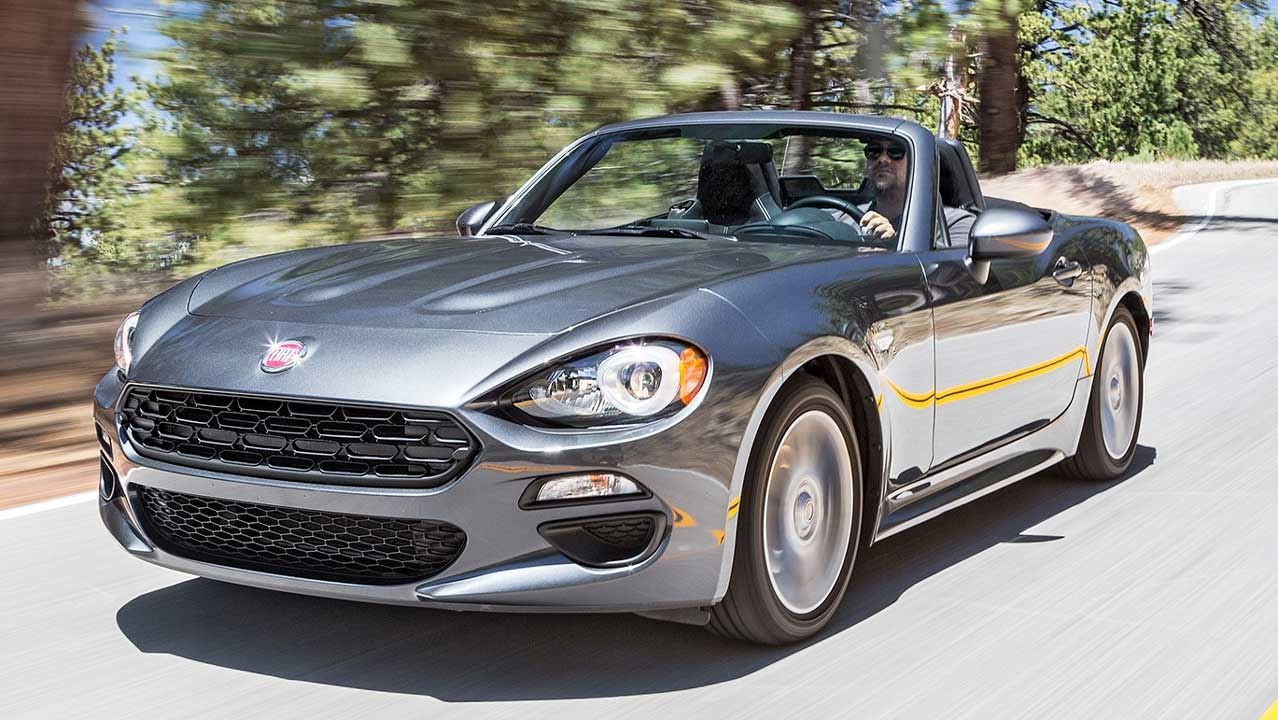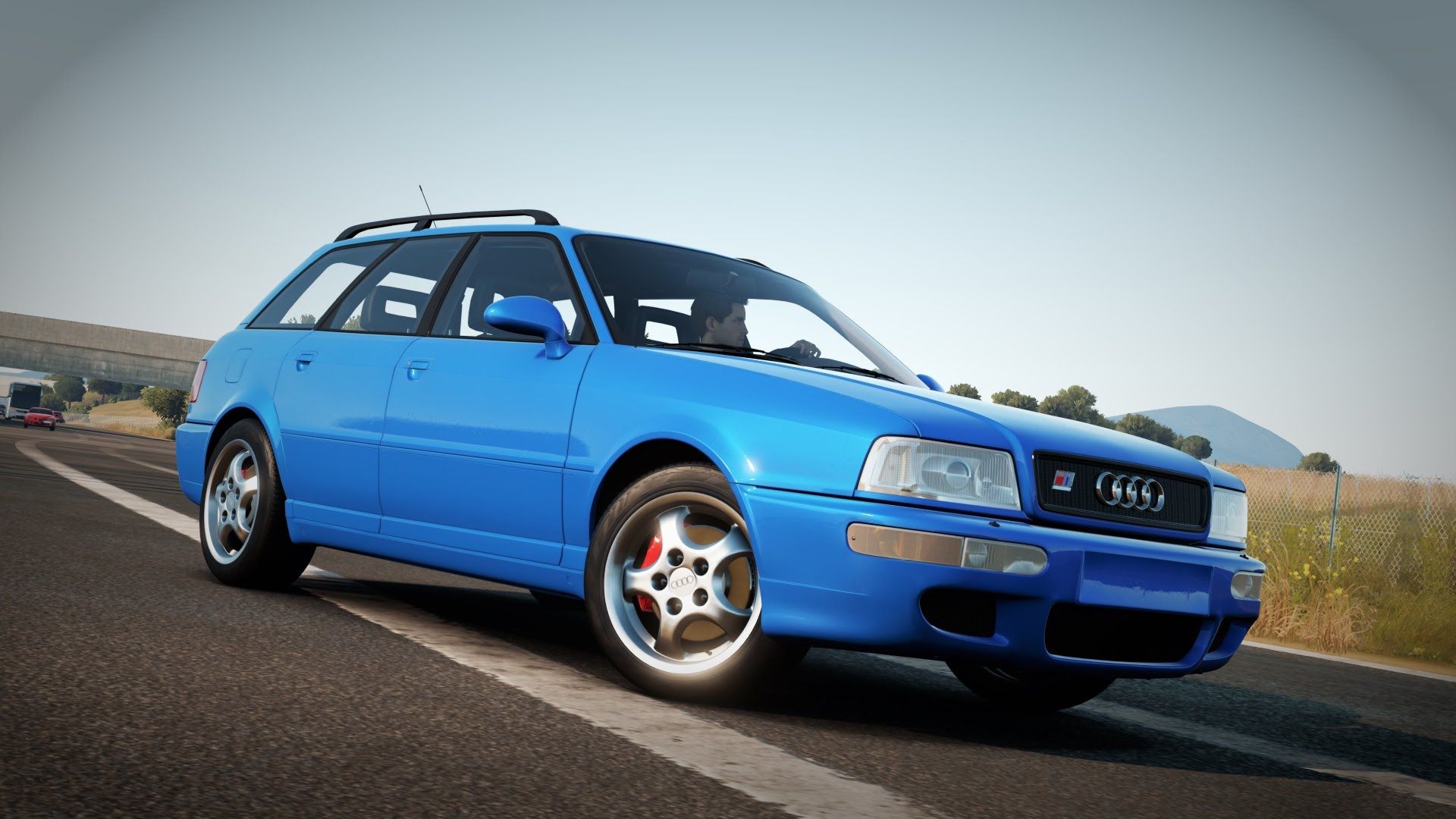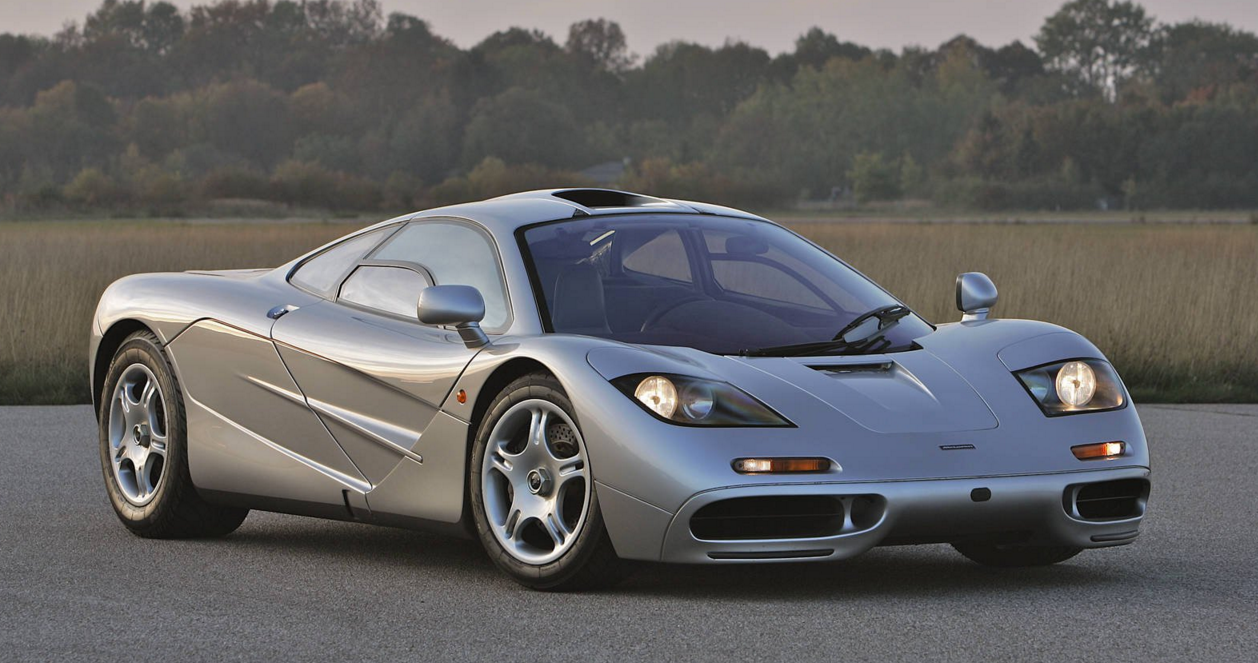The whole idea behind collaborations is usually to combine the best aspects from two companies sharing expertise and resources to create an outstanding product. The auto industry has provided some interesting partnerships over the years which have attracted either praise or criticism going on to prove that collaboration does not always inspire great creations. Some partnerships have been brought out of necessity with both companies seeking the collaboration as a means to meet varying individual needs, while other collaborations had both involved companies having the same goal and seeing each other has the perfect partner in the joint pursuit.
For the most part, car collaborations usually involve the borrowing of major or whole-body parts which are rebranded in the other company's name especially to different markets. In few cases, a whole new car is built from the ground up by a team of engineers from the two companies. Where a collaboration has proven successful, we have had some of the finest examples of craftsmanship, in the other cases where the partnership has been disastrous, hindsight has made us question why the partnership was envisioned in the first place. Here is a trip down memory lane between the marriages made in heaven and those that should never have left the boardroom.
20 Why? - Chrysler TC
The Chrysler TC was a product of the collaboration between Chrysler and Maserati. On paper, it looked like a perfect marriage because the leaders of the two companies, Lee Iacocca and Alejandro de Tomaso were great friends and because the two companies had unique abilities they could trade. Maserati could provide its exotic image and tuning ability while Chrysler would offer its engineering and high-volume sales capability. However, come production two challenges emerged which prevented the Chrysler TC from being a success. A two-year production delay resulted in the Lebron Convertible being launched ahead of the Chrysler TC.
The Lebron Convertible cost half the price of the TC and the TC at its launch looked similar to it. Further, there was hardly anything special about the TC to make it stand out and even the Maserati engine was hardly that.
As Consumer Guide Automotive notes “the “Maserati” engine, which was only available with a Getrag 5-speed manual transmission, featured a Maserati-designed cylinder head, but the rest of the powerplant was sourced elsewhere. The cylinder head was built by Cosworth in England; the Mahle pistons came from Germany, and the IHI turbocharger from Japan. The engine block came from the Chrysler parts bin, and was common to other 2.2-liter turbo engines in the maker’s lineup." These factors along with a poor front-wheel-drive architecture affected the sales an in all only 7300 TCs were ever built.
19 Why? - Acura SLX
One of the oddest partnerships between car makers was that of Isuzu and Honda which essentially involved rebadging exchanged car brands from one market and selling them off as new car models in another market. This is what happened with the Acura SLX. Honda, which was looking to join the emerging lucrative segment of sports utility vehicles saw Isuzu’s Trooper as the easiest route and simply spruced up the units they got gave them a badge and a new grill a few tech features like the Torque on Demand drive and the Acura’s Total Luxury Care package.
In essence this was Acura admitting that despite it being a luxury brand, Isuzu could make a vehicle just as good as Acura. Which begged the question of why anyone would go for the Acura. It was priced at the same price as a fully equipped Trooper and while the Trooper did try in being a reliable utility vehicle, it was a dated model with a tall and thin silhouette which made it a challenge handling and could easily tip over. Further, despite all the new add-ons, the Acura SLX was hardly a bonafide off-roader thanks in part to a weak suspension. It does struggle to also live up to its luxury badge and in comparison, to its competitors, it lagged far behind.
18 Why? - Honda Passport
The Honda Passport is another car that came from the 90s collaboration between Honda and Isuzu. It was actually the first car from that union and like the Acura SLX it is basically Honda rebadging and adding a few details to an already existing Isuzu car, in this case, the Isuzu Rodeo. The only thing the Passport had going for it was its looks and, later on, a luxurious and comfy interior was added as it tried to live up to the competition. Unfortunately, the looks could only get it so far. The first generation was grossly underpowered with a four-cylinder engine that provided only 120 hp and the option of a bigger V6 that still could only churn out 175 hp. The smaller engine was dropped for the second generation in 1998 and the V6 output was pushed to 205 hp and had a 214 lb-ft of torque. Still, this was considerably lower compared to other models in its class.
Further issues were to be found in its off-road capability and handling on the highway. Its suspensions do not help in either context. There was also the niggling issue of recalls over excessive rust in the suspension or the forward bracket which summarized the multiple quality issues the Honda struggles against.
17 Why? - Toyota Cavalier
The Toyota Cavalier is a typical example of why some collaborations should really never have happened. This is because the original Chevrolet Cavalier was created in response to the incursion the Japanese manufacturers top among them Toyota, were making on the American sedan market with their compact and low budget models that were reliable, well handling and comfortable at the same time.
GM felt that the Chevrolet Cavalier was a worthy competitor yet while the sales may tend to agree with them, it missed the point of quality versus the competitors and more importantly, the low price at which the Chevy Cavalier had to be sold at.
The first generation lost out on looks, performance and style and while the second generation went for some major updates in the looks and transmission department, it was a case of a little too late. The platform was dated and had not caught up with competing models like the Toyota Corolla which makes it a bizarre decision that from 1995 to 2000, Toyota sold the Chevy Cavalier in Japan as the Toyota Cavalier. Its interior quality was dull and poor, it had poor crash tests ratings and never really considered its performance aspect as an important area to improve on.
16 Why? - Chevy Nova
GM and Toyota have partnered a couple of times especially given the struggles GM has had in creating compact and sub-compact cars, which were at the same time competitive, on its own. One of the well-known collaborations between Toyota and GM was the New United Motor Manufacturing, Inc or simply NUMMI. It was in this factory that the Chevrolet Nova was resurrected as a clone of the Toyota Corolla sold then. On paper, GM seemed to have finally found a way to get a contender in the sub-compact car segment. The 1986 Chevy Nova had the same powertrain as that offered by the Toyota Corolla which was a carbureted 1.6-liter four-cylinder engine which generated 74 hp. Customers were offered the option of either a 5-speed manual transmission or a 3-speed automatic. Initially, only one body style was provided, the four-door sedan and later on a five-door hatchback was introduced.
Two problems, however, limited the expected comeback success of the Chevy Nova. The Chevy Nova was a legendary name back in the 70s with its prowess as a muscle car making it an icon of that era. Therefore, the new Chevy had to meet the expectations especially performance wise. Unfortunately, this was not the case and the advertisements did little to prepare the buyer for the disappointment. Secondly, while it looked in most ways like the Corolla, it lacked the reliability of the Corolla and also cost several hundreds of dollars more with no significant addition.
15 Why? - Mitsubishi Precis
The Mitsubishi Precis is a result of a collaboration between Honda and Mitsubishi. It is a collaboration that like many similar ones on these list makes you question why the company receiving the cloned car did not pick a better original car. The Mitsubishi Precis was cloned out of the Hyundai Excel and while Hyundai has now carved a reputation for producing quality cars, the Excel is a clear illustration of how far that journey has come. The Hyundai Excel had a Mitsubishi engine and so when Mitsubishi needed a car to help it meet its voluntary imports quotas, then it simply rebadged the Excel. Already the Excel was bad and lagged behind any car in the segment, and hardly had anything to hold against either the Honda Civic or the Toyota Corolla. Taking a cue from the original car, the Precis was as TheTruthAboutCars describe it “so stunningly bad and a poor seller that it is one of the rarest cars in the world.”
A 4-cylinder, 1.5-liter engine with an output of 81hp was paired with either a 4-speed manual transmission or a 4-speed automatic and it was a front-wheel drive. It struggled for performance though, had low cornering limits and squealing tires and a congested interior.
14 Why? - Alfa Romeo Arna
This is a collaboration that seemed to hold so much promise and caused excitement at its announcement yet when the result emerged, many wondered what the two companies were thinking. For all the styling and powerful engines Alfa-Romeo was famed for, its subcompact cars were faced with corrosion issues. Thus it seemed the replacement for the awful Alfasud was about to benefit from Italian design and Japanese famed tolerances. Then the two manufacturers announced that they will be restyling a Nissan N12 Cherry/Pulsar and all hopes were dashed.
When the Arna was launched in 1983 it showed the poor blend of the two manufacturers’ strengths despite the inclusion of the pretty powerful Alfa Romeo engines the 1.2L, 1.3L and 1.5L versions.
This is because the Arna was largely dominated with the aspects of the Alfasud and the Nissan Cherry which had made the original cars failures, the mechanical unreliability of the Alfasud especially the transmission and suspension and the dully styling and bodywork of the Nissan Cherry. The poor electronic efficiency and body quality greatly affected the sales especially since the Alfa Romeo buyers saw a Japanese car while the Nissan buyers saw an Alfa Romeo car. A high price tag, poor equipping and interior quality further drove the Arna to its quick death in 1987.
13 Why? - Chevy LUV Truck
The Chevy LUV truck was GM’s solution to getting a piece of the action and profits the Japanese manufacturers were having with their small trucks especially among the young entry-level buyers. With Datsun and Toyota being market leaders, GM used the approach most other European and American manufacturers employed when seeking compact and averagely priced car models, partnering with a Japanese firm. GM already partly owned Isuzu so the decision was a simple one and they got a couple of trucks from Isuzu added light styling and rebadged them as Chevy LUV trucks with the LUV as an acronym for Light Utility Vehicle. It was plainly ordinary and very much similar to what was in the market only it lacked even the accompanying appeal. Surprisingly, sales caught up with the incremental revisions the truck got. However, it was incredibly slow, and soon became dated with no significant change. It was also too noisy and thanks to the bias-belted tires, the ride was a rough one. The interior volume was the lowest in its class and by 1981 it was crying for a new generation which when it arrived it also became clear the LUV truck was close to its deathbed. A more generic look, same small engine, and suspension meant the LUV truck could not compete and GM had its replacement lined up.
12 Why? - Volkswagen Routan
The Volkswagen Routan was a car created to fill a void in the Volkswagen collection, the lack of a truly modern minivan. Its small vans were not catching up with the mainstream and in search of a minivan that would be competitive by modern standards, Volkswagen decided to go shopping at other automakers and somehow decided that Chrysler’s Town and Country minivan was the best option. The Routan is thus basically a rebadged Chrysler’s minivan with a couple of retouching especially at the rear and the front and also the fold-in-floor seats of the second row are also absent.
There were three trim levels; the base model S, the SE and SEL. The base model was not noteworthy and buyers had to go for the top models for a more upscale feel better than Chrysler’s van. The top model also had the better engine a 4.0-liter engine with an output of 253hp which also had the better fuel efficiency but later models all Routans featured the inefficient 3.6-liter V6 engine. Clumsy handling, unrefined drivetrain and the fact that even the original Chrysler caught up with the top model offerings meant the Routan had a short-lived lifespan. More discerning buyers were better off with the Odyssey and Sienna minivans.
11 Why? - Aston Martin Cygnet
The Aston Martin Cygnet easily tops the most controversial collaborations ever done. The collaboration between Aston Martin and Toyota was divisive from the start and by the end of the three year run the Aston Martin Cygnet got, even those inclined to defend it agreed that there was little appeal of the Cygnet and even purpose to warrant the projected production units of 4000 every year and the over £30,000 price it was given.
The Aston Martin Cygnet was essentially a rebadged, and as is often the formula, a retouched Toyota iQ. The problem besides the price is determining whether the tiny city car merits the winged badge and what about it makes it an Aston Martin.
Aston Martin does a commendable job in pampering up the interior and styling of the Cygnet to the extent it feels more luxurious than the Japanese original. Unfortunately, that’s where any illusions of anything coming close to the hallmarks of an Aston Martin ends. The mechanical package form the Toyota iQ remains untouched meaning the 1.3-liter VVT engine with an output of 97hp and 92lb-ft of torque is what powers the drivetrain. This makes the Cygnet pretty slow doing the 0-62 dash in 11.8 seconds. The driving experience depends on whether you expected a Toyota iQ or an Aston Martin experience. At best the Cygnet an overpriced under-delivering city car.
10 Why Not? - Toyota RAV4 EV
The Toyota RAV4 EV is quite a rarity both in terms of units produced and its concept at the time. It was created as a compliance car to meet California's Zero emissions mandate which limited availability of the car to just several select California cities. Only 2,600 were ever made and with a price tag of $50,000, you will find very few of these cars available and their quality has seen them maintain their price. The RAV4 EV was created by a partnership between Toyota and Tesla. It uses Tesla’s software, its battery pack and Tesla engineered motor. The lithium-ion battery holds a capacity of 41.8 kilowatt-hours. The AC induction motor which powers the front wheels is similar to the unit used in the 2012 Tesla Model S only with a lower peak. While it is the second Toyota RAV4 EV to be made coming almost a decade after the first one, there is very little in terms of performance to compare the two. The Tesla drivetrain had many regarding it as Tesla’s first full electric crossover. It is much quicker, spacious, exciting to handle, powerful and with over 100 miles range. It was before the Model S, the first all rounded electric SUV and helped set the trend for future electric SUVs.
9 Why Not? - Lotus Carlton
It is a car that has been hailed as a legend and still manages crazy performance levels even by contemporary standards. The Lotus Carlton was a car Lotus picked up from the remnants of a Vauxhall Carlton and fine-tuned it to such an extent that only the 24-valve cylinder head remained unmodified. In fact, Lotus fans remember the car as a Lotus, the Type 104. Its mechanical make-up was cutting edge at the time and it was the Carlton that could finally best its rival the BMW M5.
A twin-turbo V6 engine beneath the bonnet churns out an impressive 377hp at 5,500 rpm and 419 lb-ft of torque at 4,200 rpm which is much power than the V6 in the Jaguar F-type can provide.
Its top speed of 176mph gave rise to a number of urban legends and the Daily Mail once termed it as a danger unfit for British roads. Building on Vauxhall’s heritage for performance cars, the Lotus car was at one time the fastest four-door sedan and it still maintains top standards. 0-60 mph is attained under 5.0 seconds and 0-100 mph was easily done in 11.1 seconds. The driving Only 950 were made in a production run that lasted only two years but gave rise to one of the cars that had much character and purpose it is an all-time classic.
8 Why Not? - Subaru BRZ
The Subaru BRZ is the perfect enthusiasts’ car placing much emphasis on the driving experience with a back to the basics approach. It is a compact and low-weight sports coupe that has an attractive price and a result of the joint venture between Toyota and Subaru which produced the GT86 as well which happens to be pricier. It attractive silhouette speak of Toyota’s design but the mechanical engineering is all Subaru save for Toyota’s cylinder head and direct injection. Like the Toyota GT86, the BRZ is a front engine and rear wheel drive 2+2 coupe though the rear seats do suffer from lack of sufficient space to sit two adults. The interior is described as pure by Subaru which is a salesman's way of saying only the necessary equipment is added and with only one trim level available, it is sufficient enough.
The light and compact nature of the car makes the 192 hp produced by the 2.0L flat-four engine more than sufficient for the speedy twists with 0-60 mph achieved in 7.6 seconds. However, the BRZ is not meant for outright speeds but the driver's entertainment. Its low gravity, suspension, transmission and the steering all combine to provide agility and smooth handling a car of its price and specs should not be offering. Its sound and looks just sweeten up the deal.
7 Why Not? - Citroen SM
The Citroen SM is an icon and a symbol of just what innovation engineering can offer when all the right contents come together. The SM stands for Sports Maserati and it still remains one of the most ambitious and forward-thinking projects ever accomplished in the history of car making. Even now looking at the 2+2 car, with its luxurious interior especially the furniture, equipping and range of technology, it is hard not to feel you are staring at a futuristic car. It was launched in 1970 at the Geneva Motor Show and until the 1988 launch of the Lancia Thema it was the world’s fastest front-wheel-drive production car.
Technology such as hydro-pneumatic suspension and the speed-sensitive steering were some of the highlights of the Citroen SM as well as a self-centering wheel and rain sensitive wipers.
Yet it is the 2.7L V6 engine paired to a 5- speed manual transmission that showed the benefit of Citroen owning Maserati at the time. it had a top speed of 135 mph and 170hp with 170lb-ft of torque. Acceleration from 0-60 mph was achieved in 8.9 seconds. Its shape is unique and engaging with a focus on aerodynamics while its refined drive and agility reminds that you this is not an out and out sports car but a great cruiser. Sadly, production stopped due to financial difficulties at Citroen.
6 Why Not? - Fiat Dino
The Fiat Dino is an exciting car and it is, in essence, a Ferrari in all but name. Unfortunately, it has suffered from having to live under the shadow of its more illustrious cousins. However, it has built a cult following over time among keen motor lovers and buyers who know it offers Ferrari value at less than half the price its Ferrari cousin will fetch. Such is its heritage that the story of how it came about is a well-told story. Ferrari was required by new F2 rules to have sold at least 500 cars with its new V6 engine which Enzo Ferrari had decided will not wear the Ferrari name hence the use of the sister company Dino. Since the luxurious car could not meet such sales on short notice, Fiat came to the rescue and an icon was born. The cars were available in coupe and Spider body styles and both benefitted from great designs by Pininfarina for the Spider and Bertone designed the Coupe. There are two engine versions; the 2.0L and the 2.4L. The 2.4L is the better engine and both were paired with a ZF 5-speed gearbox. Its bold look was made even more macho with its feature in the Italian Job movie.
5 Why Not? - Mercedes-Benz SLR Mclaren
The Mercedes Benz SLR Mclaren is not likely to feature in your shopping list unless you are a multibillionaire with a wild sense of adventure since it is also not your typical practical supercar. With one costing almost half a million dollars and only 150 of its best version the limited edition 722GT were ever made, you may not do much but celebrate what it represents in terms of automotive engineering. The Mercedes-Benz SLR Mclaren was created out of a collaborative effort between Mercedes and Mclaren to create an interesting and classic toy for the rich man and push the boundaries as much as they could since money was not a concern.
It was available in both coupe and roadster versions from 2003 to 2007 but from 2008 onwards, only the roadster was available.
Its looks are inspired by the 300 SLR and while Mercedes Benz never reached the target of selling 500 a year, the car captured the imagination of many before it was discontinued in 2009. It featured a hand-built 5.4-liter all-aluminum supercharged V8 engine which had a monstrous output of 617 hp and 580 lb-ft of torque which was paired to a five-speed automatic transmission with three manual modes. 0-60 mph was achieved in 3.4 seconds and with an interior splashed with all luxury amenities of a supercar, this was a great collaboration.
4 Why Not? - Mercedes-Benz 500 E
One of the most alluring aspects of the Mercedes Benz 500 E is the way it ages like wine without losing any of its appeal and it is quickly collecting a cult following. It was based off the bigger Mercedes Benz W124 sedan when Daimler wanted a smaller car version and was produced from October 1990 to 199 with 10, 479 units being produced. Yet for almost three decades, the squared and subtly aggressively look is still relevant and commands a presence. Each car was hand-built by Porsche who were the most capable to fit a 5.0 – liter V8 engine in a mid-car which provided it with enough muscle at 326 horsepower and 354 lb-ft of torque. This led it to be regarded as a wolf in sheep clothing while it matched that reputation with a fitting performance accelerating from 0-62 mph in just 6.1 seconds while the quarter mile is done in 14.1 seconds. The top speed is limited to 250km/h but you will hardly be in need of the top speed. The engine and the paired 4-speed automatic transmission were lifted from the 500 SL. Its looks are matched by the great sound and comfortable driving experience which when matched with the handmade pedigree and the enhanced looks from flared fenders, side skirts make this a classic car.
3 Why Not? - Fiat 124 Spider
The Fiat 124 Spider is a legendary nameplate which was last used in the 60s and 70s but Fiat could no longer sustain technology and meet the market demands for an open-topped roadster. In came Mazda who redefined the roadster standards with their Mazda MX-5 and the rest of the industry failed to catch up. So when Fiat though of a way to revitalize itself especially in the US market, they decided to go to the masters of the game, Mazda and resurrect the Fiat 124 Spider. When you look at it, and experience its core structure, it is essentially a Mazda MX-5 since it borrows the chassis, the assembly line and the parts bin from its Japanese rival. However, it does have its own distinct character first in the styling which embraces retro looks paying homage to the original Fiat 124 Spider. It also has a different top opting for a soft and simple manual top which is easy to handle and navigate. There is also the new drivetrain with Fiat picking a turbo only 1.4 liter four-cylinder engine with an output of 138 hp. It lacks the wild nature and higher performance of the MX-5 but it is much cheaper, much easier to drive around in the city and has a calmer handling.
2 Why Not? - Audi RS2 Avant
The Audi Avant RS2 is still regarded as one of the finest the models Audi has ever created and it had to be thanks to the collaborative input from Porsche. It was the first car from the company to bear the RS -Racing Sport- model and was at a time the fastest Audi wagon. Road & Track notes that the RS2 was powered by a “ 2.2-liter inline five-cylinder engine that made 311 horsepower at 6500 rpm, spinning a six-speed manual transmission. Thanks to its Quattro all-wheel-drive, the RS2 could accelerate from 0-60 in just 4.8 seconds and achieve a top speed of more than 160 mph”.
While Audi manufactured many of the parts, the assembling of the RS2 Avant was completed at Porsche’s factory in Stuttgart.
Porsche designed the brakes and the suspension for the RS2 hence their logo adorns the huge Brembo brakes among other areas of the car. The chassis and the engine were also fine-tuned by Porsche for a sharper performance. the end result was that the RS2 was startlingly fast yet practical enough with an ample interior that was comfy and well-furnished too. Its handling and steering rivaled most sports cars then and even now riding open feels special as you appreciate the characteristics of the two automakers.
1 Why Not? - Mclaren F1
It is hard to find a purer supercar or even car for that matter. Stories about it are the stuff of urban legends from its origin to stories about the owners. The Telegraph, Road & Track and Top Gear and pretty much every other auto journal regard it as the greatest car of the 20th Century if not Mclaren sought to produce its first ever road car and they decided to set about it in a totally new way and the technical director Gordon Murray aimed to develop the ultimate driver’s car and disrupt the existing supercar segment and started from scratch. Such was Mclaren’s ambition that their Formula 1 partners Honda cowed out of the deal and that is where BMW came into the partnership designing the highly compact 6.1-liter V12 engine which came weighing in at 586 pounds with an output of 627 horsepower and 480 lb-ft of torque. When all these factors were added to its curb weight of 2,500 pounds and the transverse 6-speed manual transmission, the F1 achieved 0-60 mph in just 3.2 seconds and 100 mph in just 6.3 seconds and this was in 1992 and they are impressive times even now. However, the most alluring aspect of the F1 is that it achieved all it aimed for and inspired new trends without using old technology or compromising any aspect.
Sources: www.roadandtrack.com, www.topgear.com, www.motortrend.com, www.autoexpress.co.uk, www.jalopnik.com


